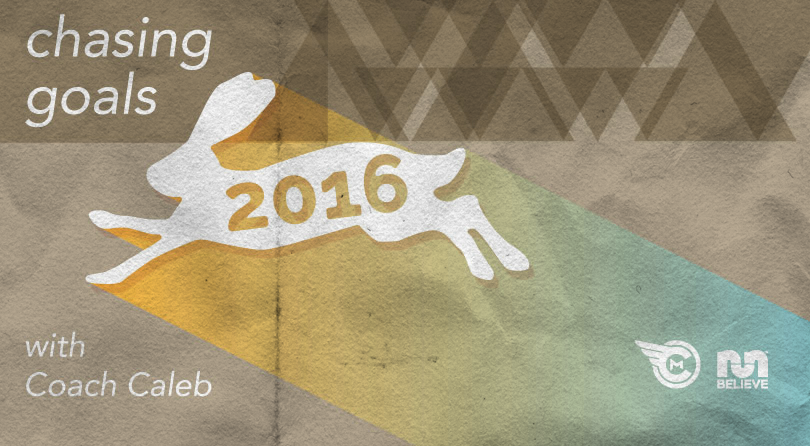We love our GPS watches. We love them so much that we’re willing to tell race directors that their course measurements are wrong when the GPS data isn’t exactly 3.11, 13.109, or 26.21875 miles. We love them so much that we’ll do an extra out-and-back in the driveway just to get from 7.98 to 8.00 miles. And, there are plenty of situations where a GPS watch is a valuable training tool. On the other hand, there are times when GPS watches can do more harm than good. As a coach, I see a lot of runners who get hooked on their GPS watches and then have a hard time trusting their own effort. It’s too bad because pacing by effort is a really valuable skill that helps runners get more out of their body.
Every so often, an article makes the rounds claiming that our GPS watches are wildly inaccurate. It’s debatable just how accurate GPS watches are, but the fact of the matter is that there is a margin of error with any piece of technology. Different factors can impact the accuracy of the readings; signal strength, the number of quick turns on a route, the presence of tall buildings, and speed are all things that can change how the watch interprets the GPS readings it obtains from satellites. What does this mean? Stated simply: What your watch says is not the absolute truth all of the time. And that’s OK. There isn’t a need for complete precision at all times, or even most of the time. GPS watches are good enough for tracking distance on your runs, and for pacing in certain circumstances. They are directionally accurate, and as technology improves are getting better all the time. But they’re not perfectly precise.
So when should we work on our internal pacing skills? And what sorts of runs are better for effort-based running instead of pace-based running? Here is my recommendation:
1. Easy Runs: These days should really be dictated by how you’re feeling more than anything else. Easy runs need to be easy enough that you are providing a truly aerobic stimulus, which can often mean that you have to slow down beyond what your ego might want you to run. The old school way to accomplish this is to run an effort that would allow you to easily talk (a “conversational” pace/effort). Or, if you need some technological help, bring a heart rate monitor and keep your HR below 70% of your maximum.
2. Track Workouts: Any good track facility (one that is used for competition and therefore certified in terms of measurements) will provide complete precision for speed workouts. And, due to all the turning as well as the stop and start nature of track work, your GPS watch will provide bad data most or all of the time. Because the track has so many intermediate markings, this is the perfect place to learn how to run by feel. Grab the trusty old stopwatch that can store splits, and use the track to get faster while learning how to translate effort to pace.
3. Time-and-effort Quality Runs: If you have anything that is planned by time and effort (fartlek runs, uphill tempos, strides workouts, progressive effort runs, etc), you can use these as additional opportunities to run by effort. Depending on the planned approach, the pace is probably irrelevant to the goals of the workout, so you can just worry about one less thing and do some good-old running by feel. This will lead to less workout stress and better quality down the road.
4. Races: Especially for shorter races (anything on the track, short road races), running by feel and based on course-marked splits can produce faster running times. Often times we handicap ourselves in thinking that we can’t run a particular pace, but we may be underestimating our own fitness. Racing by feel lets your primal brain take over to a certain extent, so you can tap into your potential. Try this first with smaller, inconsequential races, and build your way up. I personally run all my races without GPS feedback.
All that said, there are still many redeeming qualities of GPS watches. They do provide valuable data, and they can improve your training when used properly. The best application for a GPS watch as a training tool is for learning specific pacing discipline. Particularly as you train for longer races, you’ll be running sessions where you are teaching yourself how to control/maintain a specific pace, so you can produce that pace efficiently (i.e. with minimal energy cost, which means without big swings in pace from mile to mile). In these scenarios, you can use the feedback from your watch to stay even, and build up your comfort level with maintaining that pace. So, when you are running long intervals (mile repeats and above), or running tempos at a specific pace, or when completing a smooth progression from an easy effort to target race pace, bring your GPS watch along and take advantage of the data available to you.
Just remember, there are multiple training approaches which help you in achieving multiple goals. It’s not about either/or, it’s about yes/and. Yes, you should use the GPS watch, and you should practice pacing by feel. You’ll become a well-rounded runner who can tackle all sorts of different situations out on the roads, trails, and track.
Get personalized coaching from Caleb
Have something to say? Leave a Comment
